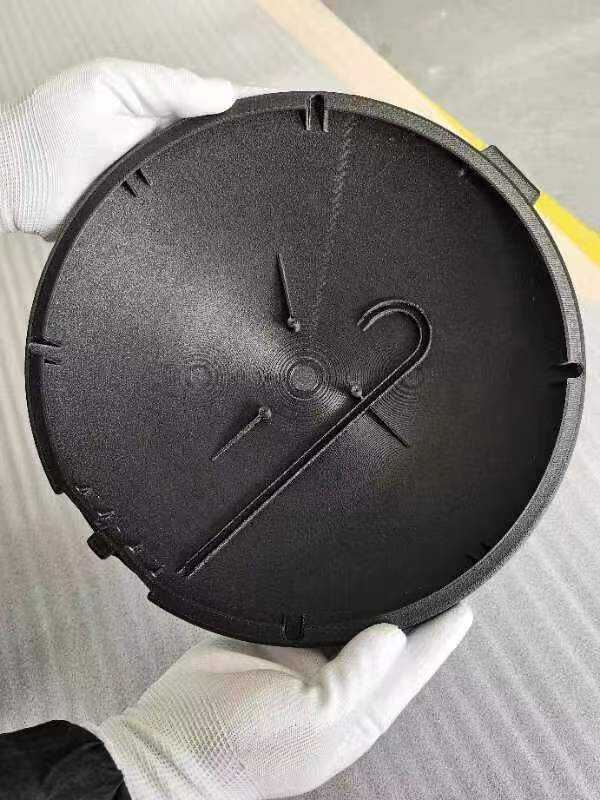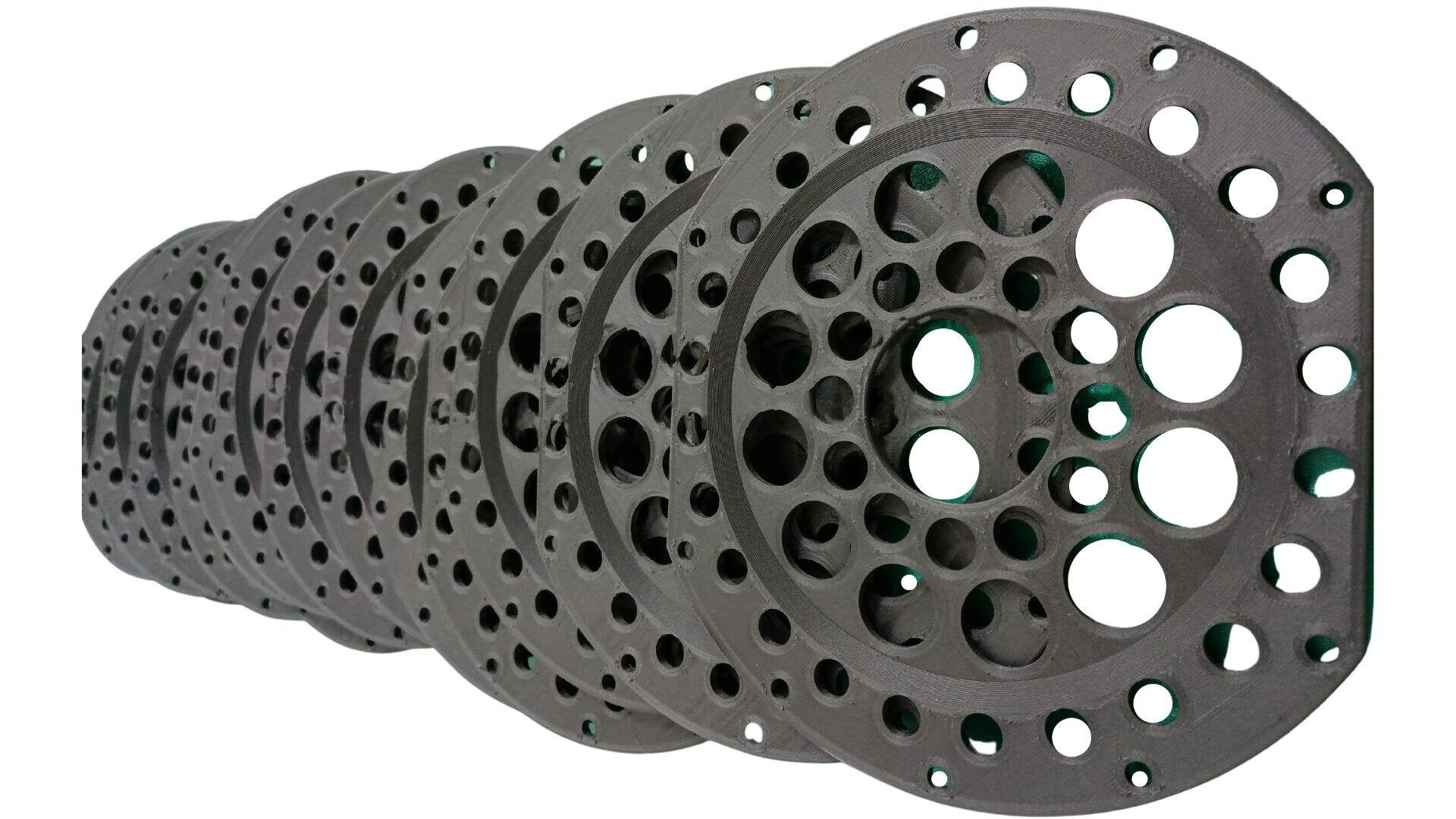Maximizing Production Output in Modern 3D Printing Operations
The challenge of optimizing a 3D printing farm's workflow efficiency while maintaining existing shift schedules has become increasingly crucial in today's competitive manufacturing landscape. As industries continue to adopt additive manufacturing technologies, the pressure to maximize output without expanding operational hours intensifies. This comprehensive guide explores proven strategies and innovative approaches to enhance 3D printing farm efficiency through smarter resource utilization and process optimization.
Strategic Layout and Equipment Organization
Optimal Printer Placement and Workspace Design
A well-designed 3D printing farm layout serves as the foundation for efficient operations. Consider organizing printers in clusters based on their capabilities and typical job requirements. This arrangement minimizes operator movement and enables more effective monitoring of similar processes. Create dedicated zones for pre-processing, post-processing, and quality control to establish a natural workflow that reduces bottlenecks and streamlines material handling.
Implement a smart storage system for materials and tools, positioning frequently used items within easy reach of workstations. This seemingly simple adjustment can save operators valuable minutes per task, which accumulates into significant time savings across multiple print jobs.
Environmental Control and Maintenance Zones
Establish climate-controlled areas for moisture-sensitive materials and temperature-dependent processes. Group printers with similar environmental requirements together to maintain optimal printing conditions more efficiently. Create dedicated maintenance zones where technicians can perform regular upkeep without disrupting active production areas.
Strategic placement of ventilation systems and air filtration units helps maintain consistent print quality while protecting both equipment and operators. This environmental optimization directly contributes to reduced print failures and improved overall 3D printing farm efficiency.
Advanced Workflow Management Systems
Automated Job Scheduling and Queue Optimization
Implement sophisticated scheduling software that can analyze print jobs and automatically optimize build plates for maximum efficiency. These systems can consider factors such as print duration, material requirements, and printer capabilities to create the most efficient job queues. Modern workflow management solutions can predict completion times with high accuracy, enabling better resource allocation and reducing printer idle time.
Utilize artificial intelligence and machine learning algorithms to continuously improve scheduling decisions based on historical data and performance metrics. This dynamic approach ensures that your 3D printing farm adapts to changing production demands while maintaining optimal efficiency.
Real-time Monitoring and Predictive Maintenance
Deploy advanced monitoring systems that provide real-time insights into printer status, material levels, and job progress. These systems can alert operators to potential issues before they cause print failures, enabling proactive intervention and reducing waste. Integration of IoT sensors throughout the printing farm helps track environmental conditions and equipment performance metrics.
Implement predictive maintenance schedules based on actual usage patterns and performance data rather than fixed intervals. This approach minimizes unexpected downtime while ensuring equipment remains in optimal condition for maximum 3D printing farm efficiency.
Process Standardization and Quality Control
Standard Operating Procedures Development
Create comprehensive standard operating procedures (SOPs) that detail every aspect of the printing process, from file preparation to final quality inspection. These procedures should be clear, accessible, and regularly updated to incorporate best practices and lessons learned. Standardization reduces operator errors and ensures consistent quality across all shifts.
Document troubleshooting protocols and common solutions to expedite problem resolution and minimize production interruptions. Regular training sessions help maintain high standards and ensure all team members are familiar with current procedures.
Quality Management Systems Integration
Implement robust quality control measures at key points in the production process. Utilize automated inspection systems where possible to maintain consistent standards without increasing operator workload. Develop clear acceptance criteria for printed parts and establish efficient workflows for handling non-conforming items.
Create feedback loops between quality control and process improvement initiatives to continuously enhance print quality and reduce waste. This systematic approach helps identify and eliminate recurring issues that impact 3D printing farm efficiency.
Material Management and Inventory Control
Smart Storage and Handling Systems
Implement automated inventory management systems that track material usage and trigger reorder points automatically. Use environmental control systems to maintain optimal storage conditions for different material types, extending shelf life and ensuring consistent print quality. Consider implementing RFID or barcode systems for accurate tracking of material lots and usage history.
Develop material handling procedures that minimize exposure to moisture and contamination, reducing waste and improving print success rates. Regular inventory audits help maintain accurate stock levels and identify opportunities for optimization.

Material Flow Optimization
Create efficient material distribution systems that ensure printers are never idle due to material shortages. Implement just-in-time delivery protocols for frequently used materials while maintaining appropriate safety stock levels. Consider using automated material delivery systems for large-scale operations to reduce operator workload and improve consistency.
Regular analysis of material consumption patterns helps optimize ordering quantities and storage allocation, contributing to improved 3D printing farm efficiency through reduced waste and better resource utilization.
Frequently Asked Questions
How can I calculate the optimal number of printers for my production volume?
Analyze your current production data, including average print times, typical job sizes, and peak demand periods. Factor in printer maintenance requirements and expected downtime. Use simulation tools to model different scenarios and determine the optimal printer count that maximizes efficiency without creating excess capacity.
What metrics should I track to measure 3D printing farm efficiency?
Key metrics include printer utilization rates, first-time-right percentages, average job completion times, material waste rates, and overall equipment effectiveness (OEE). Also monitor quality metrics, maintenance downtime, and operator productivity to get a comprehensive view of operational efficiency.
How can I reduce material waste while maintaining production quality?
Implement proper material handling and storage procedures, optimize print parameters for each material type, and use advanced slicing software to minimize support structures. Regular calibration of printers and environmental control systems helps ensure consistent print quality while reducing waste. Consider implementing material recycling programs for applicable materials.
What role does employee training play in improving 3D printing farm efficiency?
Comprehensive training programs ensure operators understand both basic printing principles and advanced troubleshooting techniques. Regular skill development sessions keep staff updated on new technologies and best practices. Well-trained employees can identify and resolve issues quickly, leading to improved productivity and reduced downtime.

